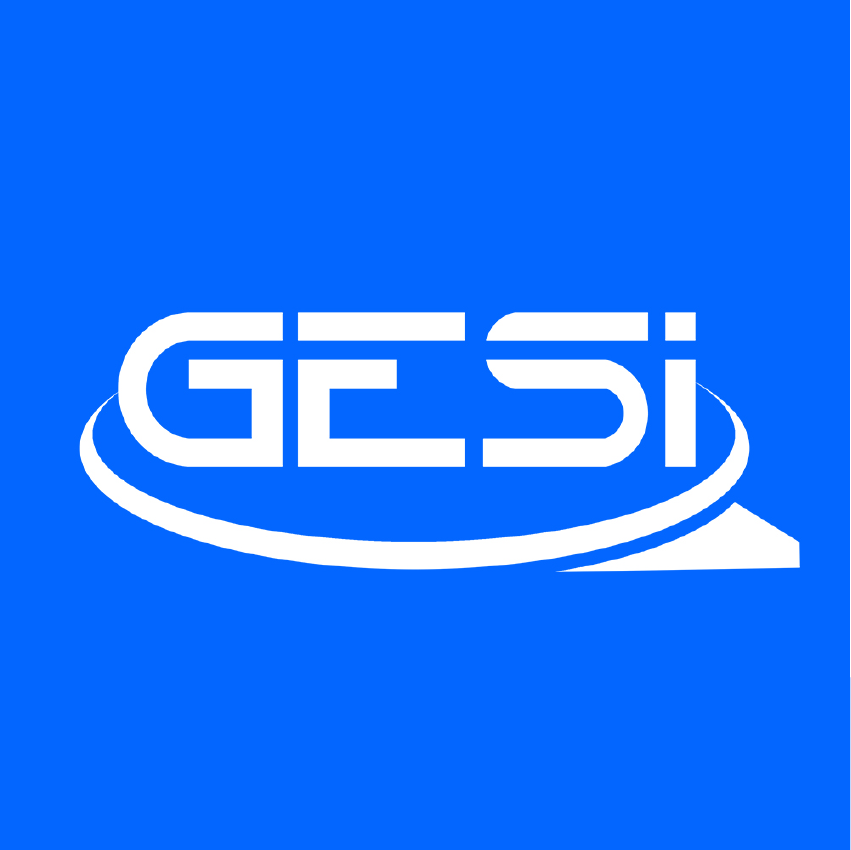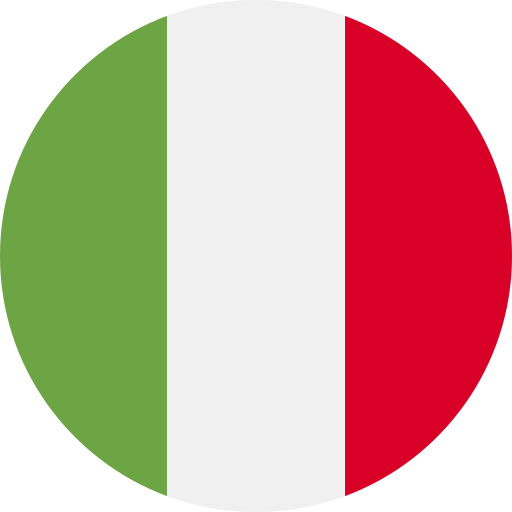Each material, each color creates different noises.
The noise affects the accuracy of the measured data.
Keep in mind that precision is physically the ability to approach the same center, while accuracy is the ability of the measurement to be close to reality.
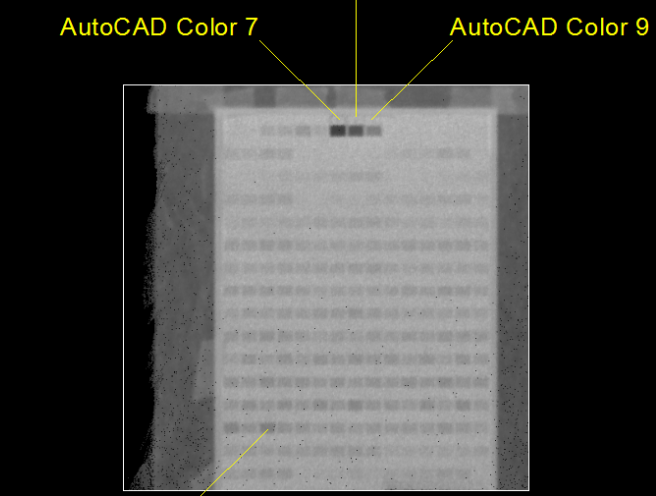
What color should we use to print our targets?
There is no single solution to this: each print media behaves differently, each ink also. Moreover, Laser Scanners are not all the same; they have different wavelengths to which correspond different frequency responses.
Users who want to improve the accuracy of their targets should conduct tests to determine the best color before printing their targets.
To begin our test, a palette containing standard AutoCAD colors was printed. Printing was done on plain paper with a Laser printer.
The sheet was made as close as possible to a glass surface that is considered flat.
A scan of the sheet was made from which an orthophoto parallel to the paper sheet was generated from which the most prominent colors were chosen, which turned out to be: 7, 8, 9 and 198.
Note that color 9, which is dark detected by the Laser Scanner, is instead very light to the human eye such that it is not suitable for target printing.
The extraction plan was then rotated by making it perpendicular to the paper sheet and aligning it with each column containing a relevant color; the thickness of the orthophoto was adjusted to capture only the relevant color column.
For each relevant color, the maximum dispersion of the data, the kernel value, or the distance within which most of the measurements fall, was measured.
In order to have less error in the determination of the kernel, the following steps were taken: a yellow polygon was constructed around the rectoloid so that it adhered to most measurements (singular points were excluded); once the area of the polygon was calculated, which at this point takes on the meaning of an integral function, this was divided by the fixed height of the rectangle to obtain the value of the kernel.
It was observed that the expected datum (color center) always falls in the middle of the kernel with a deviation of about 0.2 mm.

Currently, as a result of this test, we have found the color that succeeds in lowering the measurement dispersion below 3mm by reaching 2/2.5 mm. So according to our evaluation that is more suitable for the characteristics of our Laser Scanner, we prefer to use a shade close to bottle green rather than the classic black color. However, our precision calculation was tested on a material slightly thicker than paper, which is a cardboard. In addition, to enhance the surveying experience, we make the supports of our targets in 3D, allowing them to be rotated without losing their exact center.
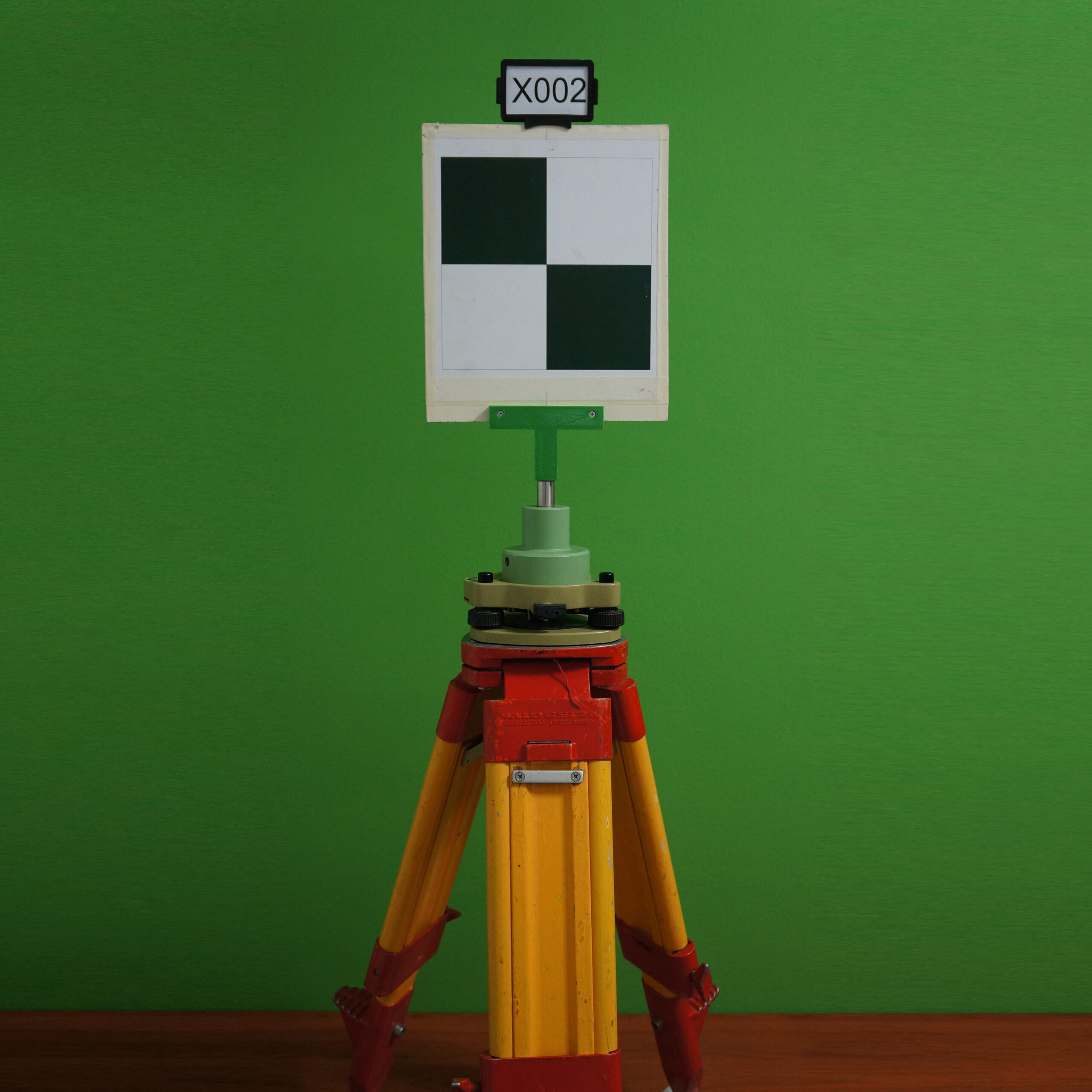
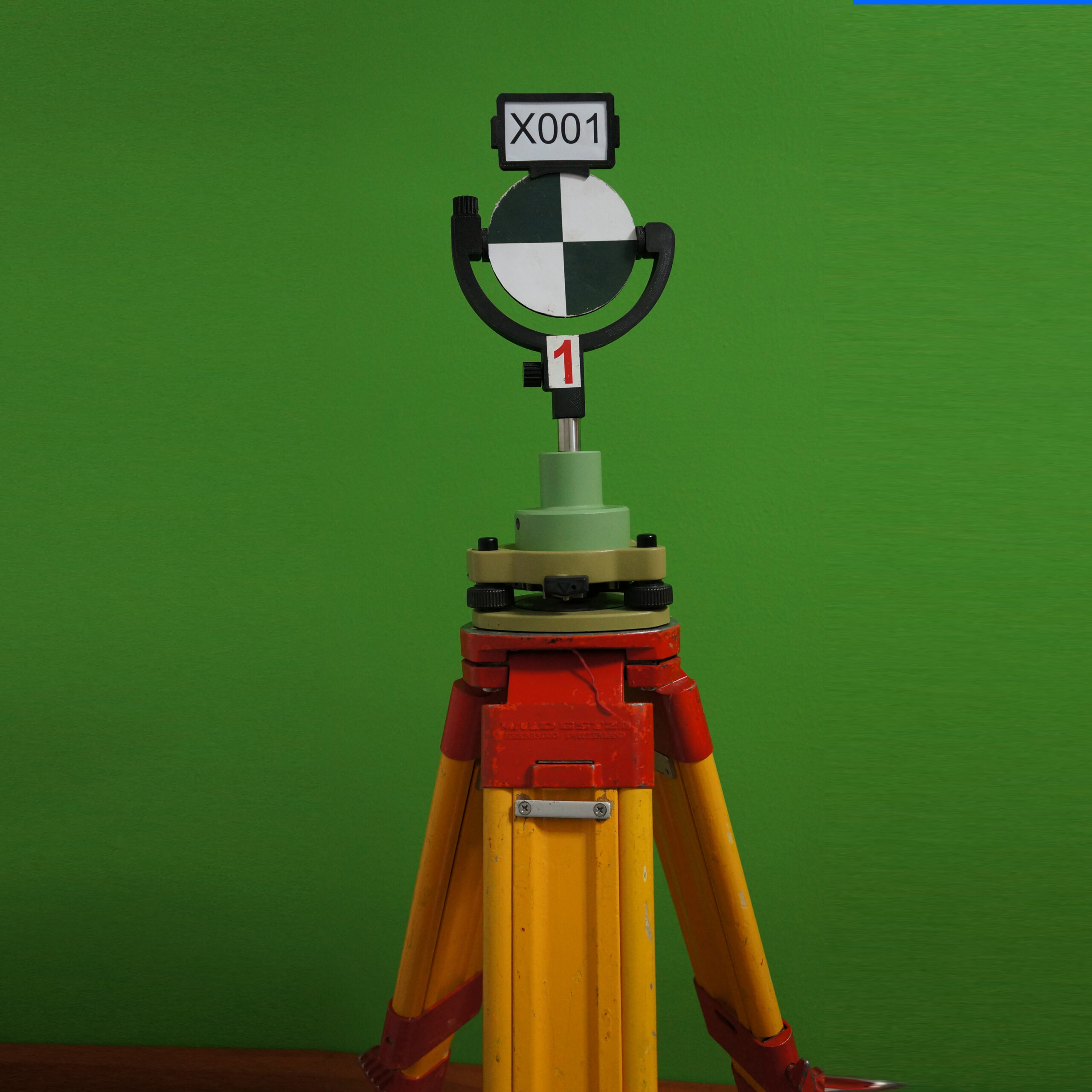
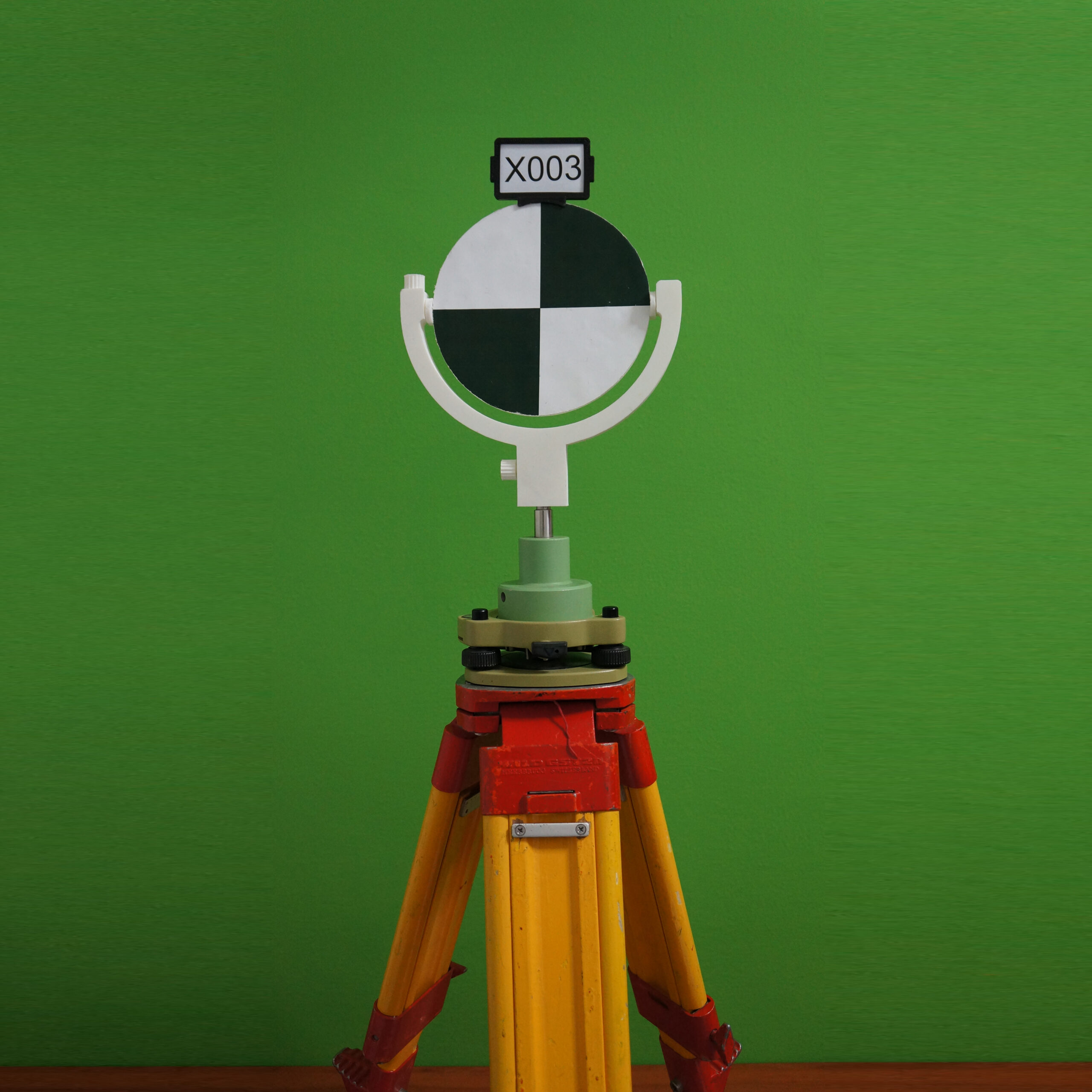
Before being professionals in the field, we are researchers, and our job also consists of striving for high standards of quality. Study and experimentation are certainly our strongest asset!
